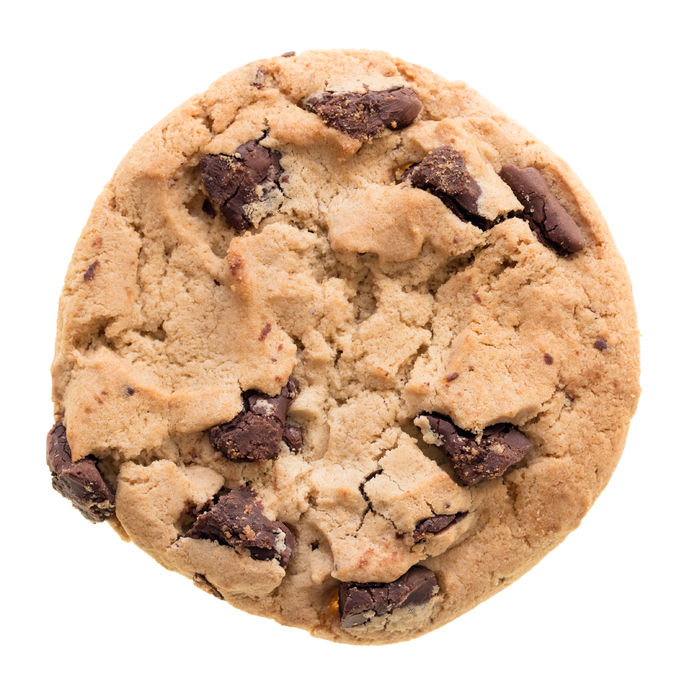
Cookie Flour
What is Cookie Flour?
Cookie flour is a soft, finely-milled low gluten wheat flour. It is used mainly in making cookies, pie crust and other tender-texture baked goods.
- The protein content of this flour is typically between 8 and 10%
- It’s slightly lower than that of all purpose flour (11%)
- And higher than cake flour (7%)
Origin
This type of flour is milled from softer wheat varieties, such as soft red winter or soft white wheat.
Function
Cookie flour contains 8 to 10% gluten. Upon cookie preparation and mixing, the gluten proteins do not hydrate as quickly or develop properly like a bread system. This creates a weak, inelastic network, responsible for the tender texture of cookies, some pastries and baked goods.2
Other ingredients in the cookie formula such as sugar, shortening and water are partially responsible for the performance of cookie flours. Doughs made with this flour can maintain their density, surface properties and other qualities for 6 months when stored at below freezing temperatures i.e. at -18 °C (-0.4 °F).
Cookie flour can be roughly replicated with a 2:1 ratio of all-purpose flour : cake flour. However, this combination may not reproduce the same spread ratio of baked cookies made with cookie flour. Typical pH of this flour varies from 4 to 6.
Commercial production
Soft red wheat winter or soft white are used to make cookie flour. The bran and germ are first removed from the wheat kernels, leaving the starchy endosperm for milling. Commercial cookie flour is typically sold as bleached flour.
Grinding cookie or pastry flour to a very fine particle size can cause starch damage and lead to dough stickiness which in turn affects the overall quality of baked cookies. Typical particle size of cookie flour required for optimum cookie quality is 150 microns or slightly larger.
Composition and nutrition
Typical composition per 100g:1
| Carbohydrate | 75 g |
| Protein | 8 g |
| Moisture | 12 g |
| Ash | 0.4 g |
| energy | 353 kcal |
Application
Cookie flour works very well with delicate cookies such as shortbread or sugar cookies and pie crusts.The lower protein content of pastry flour strikes just the right balance of providing good structure and tenderness.3 It is also commonly used in laminated doughs, flaky pastries and other sweet goods and snacks, such as:4
- Cookies
- Biscuits
- Crusts
- Pastries
- Bars
- Pies
- Quick breads
- Pancakes and waffles
- Crackers
- Scones
In thicker or yeasted bread products, this ingredient does not work as well. Also it’s not the ideal choice for most pastries such as cinnamon buns that are made of soft and dense dough.
FDA regulation
Cereal flours are regulated by FDA under 21CFR137.105.5
References
- Fine pastry flour. https://www.eatthismuch.com/food/nutrition/fine-pastry-flour,657030/. Last accessed by Feb 03. 2020.
- Patient, David. “The Chemistry of Pastry Products.” Nutrition & Food Science 94.4 (1994): 33-35. Web.
- Want Lighter, More Tender Pastries? Switch Up Your Flour. https://www.mybluprint.com/article/use-pastry-flour. Last accessed by Feb 03. 2020.
- Pastry flour. https://www.ardentmills.com/products/traditional-flours/pastry-flour/. Last accessed by Feb 03. 2020.
- CFR – Code of Federal Regulations 21CFR137.105. Accessdata. Fda. gov. April 01. 2019. https://www.accessdata.fda.gov/scripts/cdrh/cfdocs/cfcfr/CFRSearch.cfm?fr=137.105. Last accessed by Feb 03. 2020.

